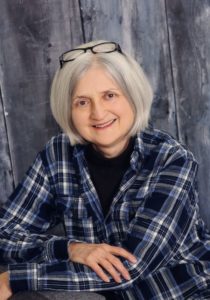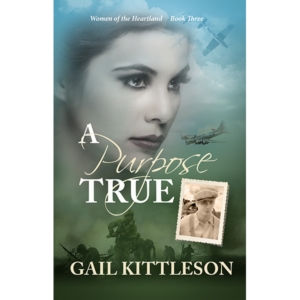© 2018 Gail Kittleson
We long to capture readers’ imaginations, and serious research infuses our historical novels with powerful details. Seeking those tidbits requires time and effort, but research provides other perks for the author.
research infuses our historical novels with powerful details. Seeking those tidbits requires time and effort, but research provides other perks for the author.
At times, our plot lines drag. That’s how I felt recently with the third book in my World War II series. My characters slogged through the back trails of southern France before the D-Day Invasion. They had to in order to thwart the vicious Waffen SS passing through on their way to Normandy.
But even devoted fans can take only so much slogging. I re-wrote, analyzed, edited more times, still fretted, and finally realized that, even though I’d already researched my heart out, I needed to do more.
Were certain agents called back to London headquarters for debriefing at this time in the war? Turns out they were. Ideally, I’d visit the very underground passageways my heroine, not to mention Winston Churchill, traveled. But online government archives provided an easily accessible treasure trove.
Research also gives perspective. What happened in London or Berlin affected southern France, and the multi-national military swarming England included Americans itching for the fray.
But how significant was my humble hero’s obscure faithfulness to his missions, even though he wore no uniform? Research spotlighted the actions of this shepherd-turned-guide as essential to victory. Thousands of downed pilots found their way back to England through Spain via his skill and courage.
Historical textbooks gave me a broader picture of his contribution. Traversing occupied territory behind the Vichy government’s lines, my hero’s ancestral home pulsed through his veins. Duty bound to protect his legacy, every pilot he led to safety fueled an Allied victory.
Textbooks about his Basque roots revealed the source of his steadfastness but also led to more questions. What motivated the Basque people to embrace Catholicism? How did the Pilgrimage route of St. James tie in with the 1944 SS tanks crossing southern France? And what motivated an entire Protestant village to risk everything to save Jewish children?
Army Signal Corps maps, records, and private letters revealed the weather that year. Autobiographies lent me other significant details, and a sixties’ Look magazine article described a monk who saved many destined for Nazi death camps.
And travel sites provided photos of the exact area I needed to visualize. Of course, they also whetted my appetite for a several-week stay in one of this beautiful, serene countryside’s B & B’s.
It’s fun to reflect on the way research ignites my hunger to comprehend historical details and often suggests a stronger plot line. Often, this process produces a gem mined from history that clears my mental haze and guides my characters onward.
____________________
Gail Kittleson grew up in rural Iowa where  reading took her to exciting locales. She instructed college writing classes and still facilitates writing workshops and retreats. Gail and her husband are celebrating their fortieth wedding anniversary with a trip to Europe. They will tour Baker Street and the underground tunnels plus WWII museums, training areas, and air fields. Ah, the World War II era. She can’t seem to get enough of its stories. Visit Gail at her website or on Facebook.
reading took her to exciting locales. She instructed college writing classes and still facilitates writing workshops and retreats. Gail and her husband are celebrating their fortieth wedding anniversary with a trip to Europe. They will tour Baker Street and the underground tunnels plus WWII museums, training areas, and air fields. Ah, the World War II era. She can’t seem to get enough of its stories. Visit Gail at her website or on Facebook.


I love the research aspect of Gail’s books. It’s what led me to finally publish my own historical Christian fiction. But mine is in 1876 Wyoming Territory. I have always had a love for that era.